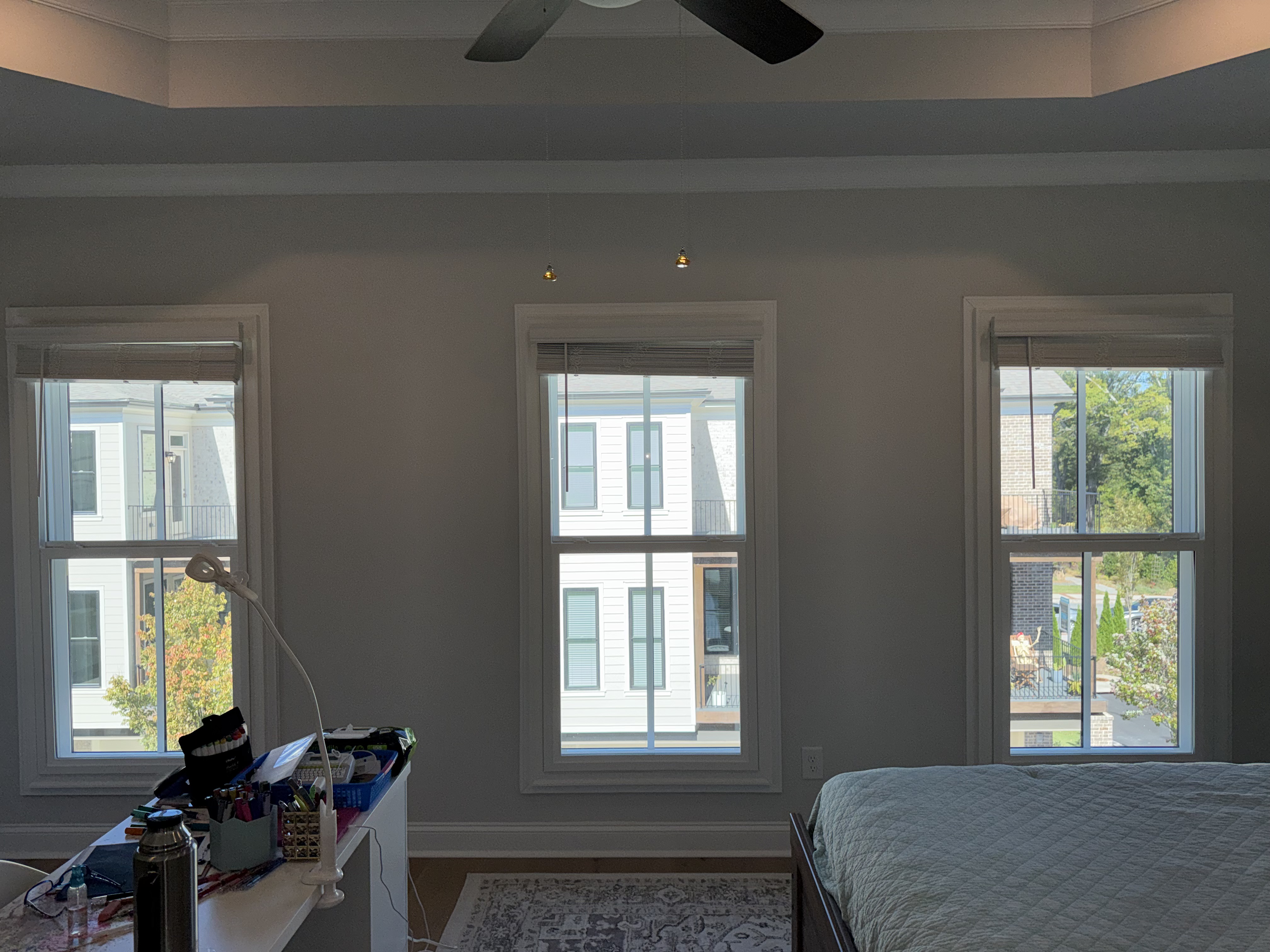Why Acoustics Matter: The Power of Sound in Interior Spaces
Sound is a powerful force that shapes our experiences of the world around us. From the roar of a crowd to the whisper of a loved one, sound has the ability to evoke emotions, convey meaning, and transform our surroundings. In interior spaces, acoustics play a crucial role in determining how we perceive sound and interact with our environment. In this blog, we'll explore why acoustics matter and how they can be optimized to create better more engaging spaces.
The Science of Sound
Sound is a complex physical phenomenon that travels through the air in waves, bouncing off surfaces and interacting with different materials. The way sound behaves in space is determined by a variety of factors, including the room's size, shape, and surface materials. Understanding the science of sound is key to creating acoustically optimized spaces that enhance the listening experience.
To delve deeper into the science of sound, it is essential to understand the fundamental properties of sound waves.
- Introduction to Sound Waves: Sound is a longitudinal wave, meaning that it travels in the same direction as the particles of the medium through which it travels.
- Wavelength, Frequency, & Amplitude: The wavelength, frequency, and amplitude of the sound waves all affect how sound behaves in space. The wavelength determines the size of the wave and the frequency determines the pitch of the sound. The amplitude determines the loudness of the sound.
- Absorption, Reflection, or Transmission: When sound waves encounter surfaces, they can be absorbed, reflected, or transmitted. The amount of absorption, reflection, or transmission depends on the type of surface and the frequency of the sound waves.
This is why it is important to consider the size and shape of a room, as well as the type of surfaces and materials used, in order to create an optimal acoustic environment.
The Effects of Poor Acoustics
Poor acoustics can have a range of adverse effects on our experiences of interior spaces. In spaces with too much echo, speech can become unintelligible, making it difficult to communicate effectively. In spaces with too little echo, sound can become deadened and lifeless, creating a sense of unease and discomfort. In either case, poor acoustics can reduce productivity, increase stress levels, and negatively impact our overall sense of well-being.
In addition, poor acoustics can also create safety hazards. In places such as hospitals and emergency rooms, poor acoustics can make it difficult for staff to hear important alarms and alerts. In schools and other educational settings, poor acoustics can make it difficult for students to hear their teachers, leading to a loss of learning opportunities.
Designing for Optimal Sound
Designing for optimal sound requires a holistic approach that takes into account the room's purpose, the intended audience, and the desired aesthetic. Acoustic treatment solutions, such as sound-absorbing panels, diffusers, and bass traps, can be used to shape the way sound behaves in a space, creating a more engaging and immersive experience for listeners. Architects and designers can incorporate acoustic considerations into the building design, using materials and shapes that enhance sound quality.
- Sound Absorbing Panels: One of the most effective acoustic treatment solutions is sound absorbing panels. These panels can be installed on walls, ceilings, and even floors to reduce the amount of echo and reverberation in a space. The panels are typically made from materials such as fiberglass or foam, which absorb sound waves and prevent them from reflecting back into the space.
- Diffusers: Another significant acoustic treatment option that may be employed to spread sound more evenly is the use of diffusers. Diffusers scatter sound waves in multiple directions, preventing them from bouncing back in a concentrated manner.
- Bass Traps: Inversely, low-frequency sound waves that might be difficult to manage are absorbed using bass traps. Usually, they are positioned in nooks or other places where low-frequency noise tends to start building up.
The Benefits of Acoustically Treated Spaces
Acoustically treated spaces offer a range of benefits, from enhanced communication to increased productivity and improved well-being. In educational settings, optimal acoustics can improve learning outcomes by ensuring that students can hear their teachers clearly. In healthcare settings, acoustically treated spaces can reduce stress and promote healing by minimizing the amount of distracting noise. In offices and other work environments, optimal acoustics can increase productivity and creativity by creating a more focused and inspiring atmosphere.
Partnering with Acoustic Professionals
Optimizing the acoustics of an interior space requires specialized knowledge and expertise. That's why it's important to partner with acoustic professionals who understand the science of sound and can design and implement effective acoustic treatment solutions. From the consultation phase through installation, acoustic professionals can work with architects, designers, and building owners to create acoustically optimized spaces that enhance the listening experience.
Speak Volumes with Sound Proof Atlanta's Acoustic Treatment Solutions!
If you're interested in enhancing the acoustics of your interior spaces, consider partnering with acoustic professionals like Sound Proof Atlanta. With years of experience and a commitment to excellence, Sound Proof Atlanta can help you create spaces that speak volumes.
Contact us today to learn more about our services and how we can help you achieve optimal acoustics in your space!
.svg)

%203.jpg)


